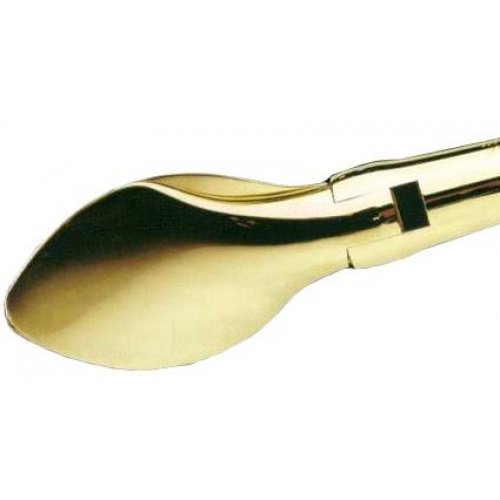
2-blade Gori folding propeller. Shaft Installation Why not an extra knot? Under sail, a fixed propeller slows a yacht much more than most people would imagine. 2-blade Gori folding propeller. Shaft Installation Why not an extra knot? Under sail, a fixed propeller slows a yacht much more than most people would imagine. Martec Folding Prop Installation On 1997. RH Martec folding prop which is currently mounted on the. One item covered was the installation of an aftermarket Jib.
Would you buy an automobile whose rear brakes locked up and dragged along the road when going downhill? So why do so many sailboat owners do much the same thing by dragging the blades of a propeller through the water behind them when the engine’s off?
A fixed propeller can create a considerable amount of drag when sailing. A three-blade fixed prop could reduce your boat’s speed by as much as 20 percent. For a medium-sized cruising boat, that might be a loss of between 0.6 and 1.2 knots under sail.
Put another way, it could add an hour to a 20-mile daysail. There’s also the interminable debate as to whether you should let the prop rotate while sailing, with all the associated noise and stern gland and transmission wear that incurs; or whether you should stop it from spinning by putting it in gear, which might harm the bearings in some types of transmission. Tamil Serial Actress Photos With Name. Tests have proven that a spinning prop usually creates less drag than a static one, but if you’re planning any long passages it still might be advisable to fit a shaft brake. Faced with these kinds of choices, why not cut right through the Gordian knot they present and install a propeller that either folds or feathers?
Folding propellers. Test after test has shown that folding props create the least amount of drag when sailing, especially the two-bladed versions. Some early two-blade designs also provided the least amount of thrust—especially when going astern. However, clever blade design has improved thrust considerably; for instance, Flexofold now has a two-blade wheel that performs nearly as well as many three-bladers. Silverfast Se Plus 8 Rapidshare Premium. On a few simple folding designs, such as the standard Martec prop that has been around for nearly 50 years, the two blades open independently of each other. However, in my experience this can lead to imbalances and vibrations after just a few weeks of fouling, with one blade opening/closing more than the other.
Martec also offers what it calls its Slipstream model, which has a pair of interlinked blades. As with Flexofold, Gori, Volvo and most other folding props, the blades are interconnected via a toothed gear at the pivot of the blades, which synchronizes their movements and eliminates the risk of one blade being open and the other closed—unless, of course, an evil little barnacle sets up house between the teeth. Gori’s three- and four-bladed folding props have an interesting “overdrive” feature. The blades reverse automatically when going astern, and if you put the engine into forward gear they will remain in this position to provide a coarser pitch for economic motoring.
This feature is useful when motorsailing and helps save fuel when cruising under power in calm conditions. There are a number of other folding props on the market, including some by the engine manufacturer Volvo.
If you have one of its engines, the advantages of choosing the latter are that the company will have already worked out the optimum pitch and diameter to perfectly match your boat. Depending on the blade shapes and pitch, folding props typically provide better thrust moving forward than feathering props. If they have a weak point it is going astern, where they depend on centrifugal force to hold open the blades against the thrust trying to close them. Once open, in most cases, the shape of the blades is not as efficient as it is going forward. The self-pitching Autoprop offers a different approach to feathering Feathering propellers typically produce nearly as much forward thrust as folding propellers and more forward thrust than those that are fixed. They are also generally more efficient than folding propellers when going astern. On the downside, feathering props are nearly always the most expensive option, with a two-bladed feathering propeller sometimes costing more than twice as much as a two-bladed folding wheel.
Their feathering mechanisms are complex, so they typically also require more regular maintenance. Another disadvantage is that feathering props pick up lines more easily, which is worth considering if you cruise in pot-strewn areas like New England. Two of the most well-known brands, Max-Prop and Autoprop, also illustrate the two different approaches to feathering-propeller technology. On the Max-Prop the blades flip through 180 degrees when going astern so that pitch and thrust are the same in either direction—in fact, in reverse a Max-Prop provides better performance than a fixed-bladed prop. This could be important if you dock in a congested marina with little turning space. The Autoprop, on the other hand, is a variable-pitch prop that automatically adjusts itself to the optimum setting depending on engine rpm. At lower revs, the blades, which are shaped rather than flat, as in most feathering props, are pitched more coarsely to provide extra thrust; this can be a great help when motor-sailing and provides better fuel economy at the same time.